What Monarchs Need
Thursday, February 8th, 2018This is Passport to Texas
Larval monarchs have very specific nutritional needs.
Larval monarchs depend on milkweed species. Essentially, that’s the only plant monarch caterpillars consume.
Ben Hutchins, state invertebrate biologist, says availability of milkweed in Texas is vital to their survival.
As monarchs migrate north from their overwriting grounds in Mexico, Texas is one of their first stops. And this is where they begin to reproduce. And so all of the monarchs that then migrate farther north through the US and Canada, those future generations depend on successful reproduction in the spring here in Texas.
Yet, Texas is just one stop along their migration route.
Monarchs also reproduce and depend on milkweed in the Midwestern states in the united states. And, we know that in many of those states—for example, in the corn belt region—that the availability of milkweed plants has declined substantially over the last several decades. And so, there is some pretty good science that suggests that decline in milkweed availability in the Midwest, directly relates to the monarch population declines that we have seen.
We can all play a part in the monarch’s survival when we plant milkweed and other nectar producing plants.
The Wildlife Restoration Program supports our series.
For Texas Parks and Wildlife…I’m Cecilia Nasti
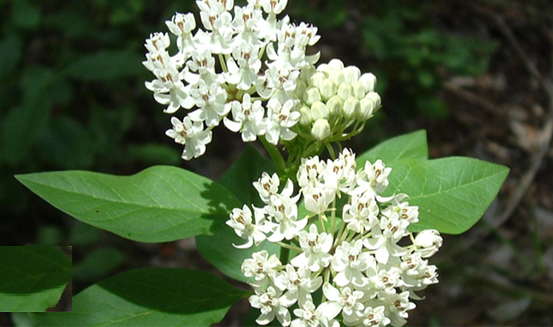

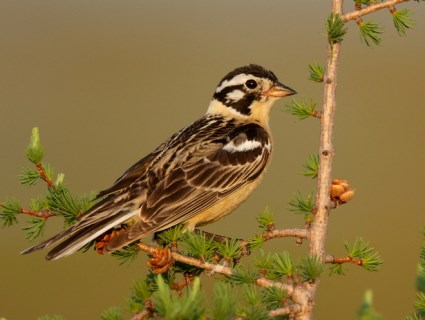
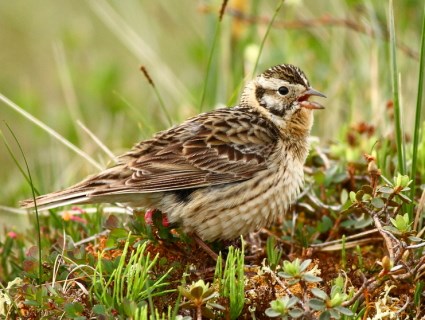
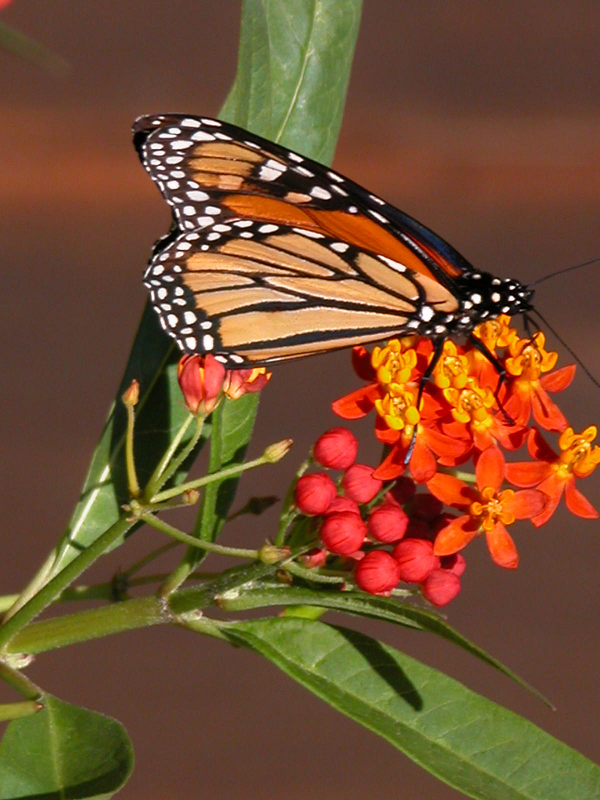
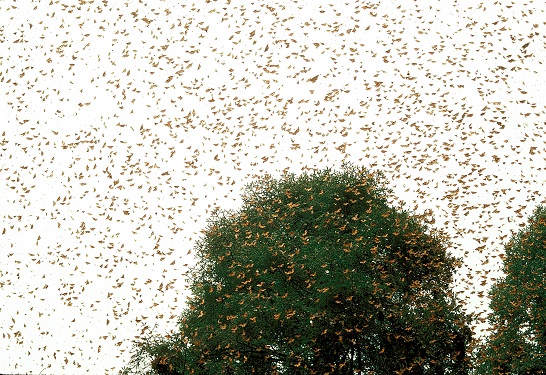

 Passport to Texas is a
Passport to Texas is a  Passport to Texas is made available by:
Passport to Texas is made available by: